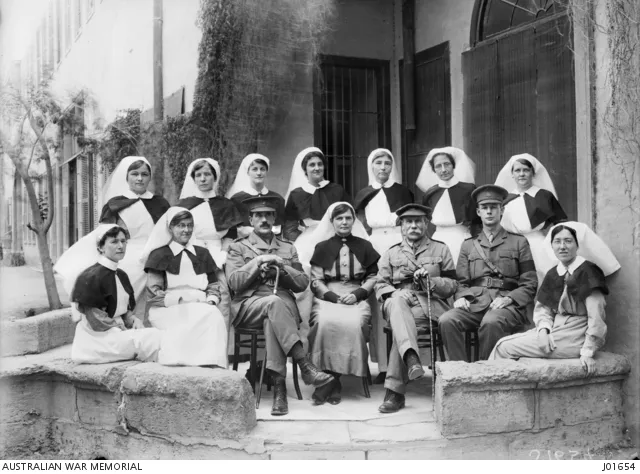John Lockhart Gibson
Born in Ipswich, Queensland, in 1860, John Lockhart Gibson studied medicine at the University of Edinburgh. After graduating in 1881, he undertook further study in Vienna, Berlin and London before returning to Queensland in 1886.
Initially, John established himself in general practice in Brisbane. He was also visiting physician at Brisbane’s Hospital for Sick Children, which appointed him ophthalmologist in 1895. He had a keen interest in public health, his research leading to hookworm being linked with anaemia in children and to the discovery of house paint causing lead-poisoning in children. He led a long, determined campaign that saw, in 1922, lead-based house paint banned in certain parts of houses.
John was an eye, ear and throat specialist by the time he enlisted with the AIF, embarking with No. 3 Australian General Hospital (3AGH) on SS Mooltan in May 1915. He led the busy ophthalmology clinic at 3AGH on Lemnos, which tended not only Australian soldiers but those of all other nations, as well as service personnel and Lemnians. Following the Gallipoli campaign, he served with 3AGH at Abbassia, in Cairo, until his appointment ended in August 1916. On his return to Queensland, he served on a medical committee assessing exemption from military service.
John was closely associated with professional organisations during his career, including serving as president of the Queensland Medical Society (1892); president of the British Medical Association, Queensland branch (1908); founding fellow of the College of Surgeons of Australasia (1927); and president of the Ophthalmological Society of Australia (1940–44).
He died in 1944, aged 84.
